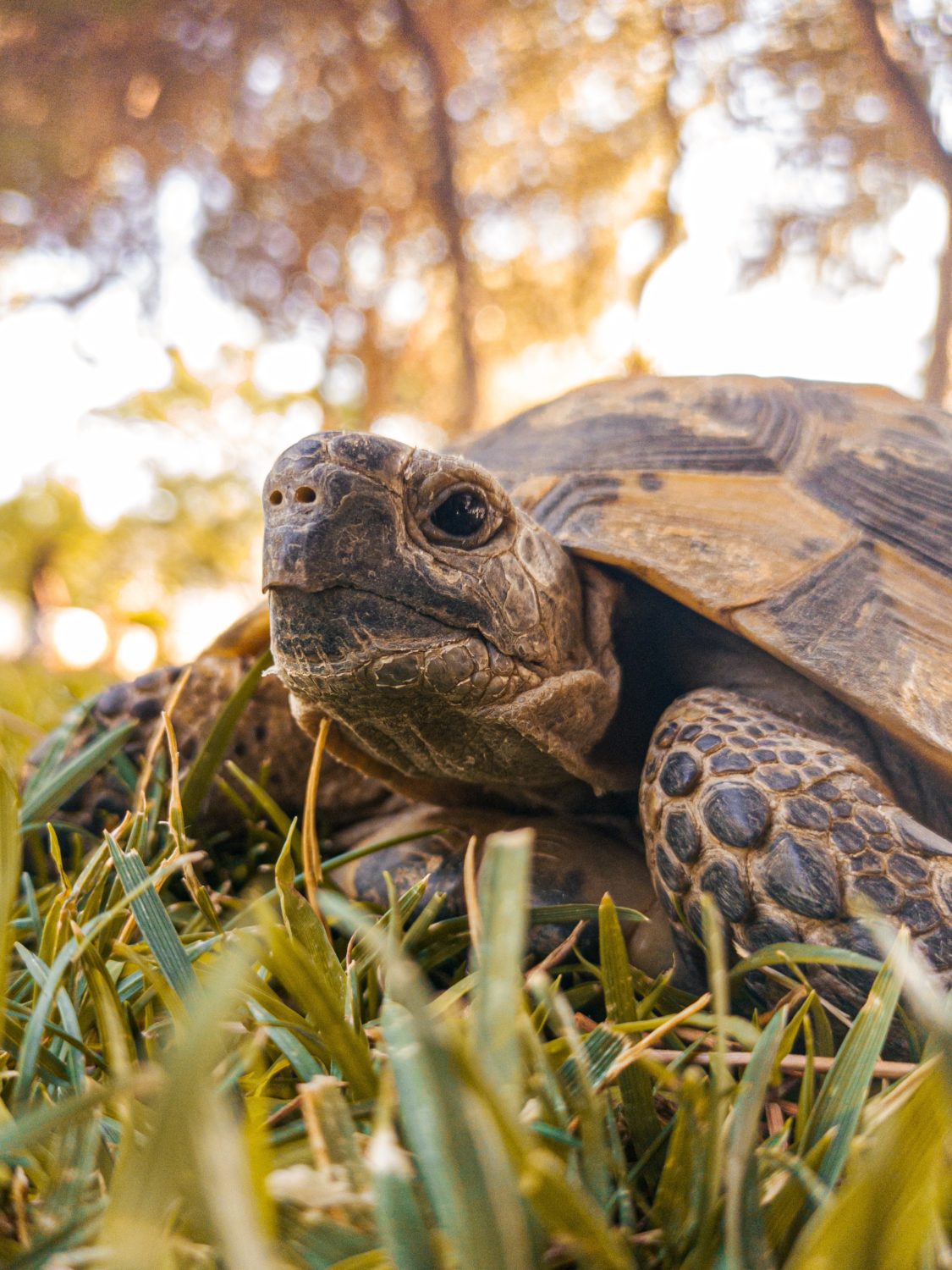
When dreaming of a trip to somewhere exotic and full of adventure, the Galapagos Islands often come to mind. With stunning scenery and unique wildlife, this tropical paradise has so much to offer. So much so, it might be worth adding a wildlife tour to the Galapagos Islands to your bucket list.
Why everyone needs that once-in-a-lifetime trip
Once-in-a-lifetime trips are exactly that – once in a lifetime! Therefore, not many people get to experience them more than once. Vacations like this are usually taking up a spot on a bucket list, so why not cross it off?
The memories that you can create are ones you will be talking about for years to come. Whether it be for a honeymoon or a well-deserved break, taking photos of your experiences will allow you to reminisce far into the future. Imagine sitting with your spouse in your later years, talking about that “one trip” that was the best.
The Galapagos Islands
The Galapagos Islands are located in the Pacific Ocean, about 620 miles off the coast of Ecuador. 19 different islands make up the stunning archipelago, with volcanoes aplenty. It is these volcanoes along with seismic activity that has formed the islands and created a rich biodiversity.
Charles Darwin visited these islands in 1835 and used the landscape as inspiration for his theory of evolution and survival of the fittest. The publication of this theory piqued the interest of the general public and made the islands a more well-known haven.
In more recent history, the Galapagos Islands have been preserved as a nature reserve, as well as a marine reserve which is dedicated to ensuring the unique marine life flourishes. This also allows divers to experience an unrivaled feeling of diving with creatures that are familiar with humans and interact with them.
The wildlife of the Galapagos
The main attraction of the Galapagos Islands is the wildlife, many of which cannot be found anywhere else in the world.
Possibly the most recognizable creature from the region is the Galapagos giant tortoise. This massive reptile can live over 100 years. Sadly these beasts are endangered, however their eggs are kept incubated at the Charles Darwin Research Station until they hatch and grow big enough to avoid predators.
Marine lizards can exclusively be found among these islands as well. These clever little reptiles are the only known lizard in the world that has the ability to live and forage at sea. Although they are slow on land, marine lizards are incredibly fast in the water and like to live on algae.
One marine creature that is worth a bucket list entry alone is the scalloped hammerhead shark. The Galapagos Marine Reserve is one of the best places in the world to see these incredible swimmers. In the reserve’s waters they can gather in groups of several hundred but the exact cause for this behavior remains a mystery.







